Microwave Light Bulb
We heard that it’s possible to actually make a light bulb light-up without any electricity. We figured it out.
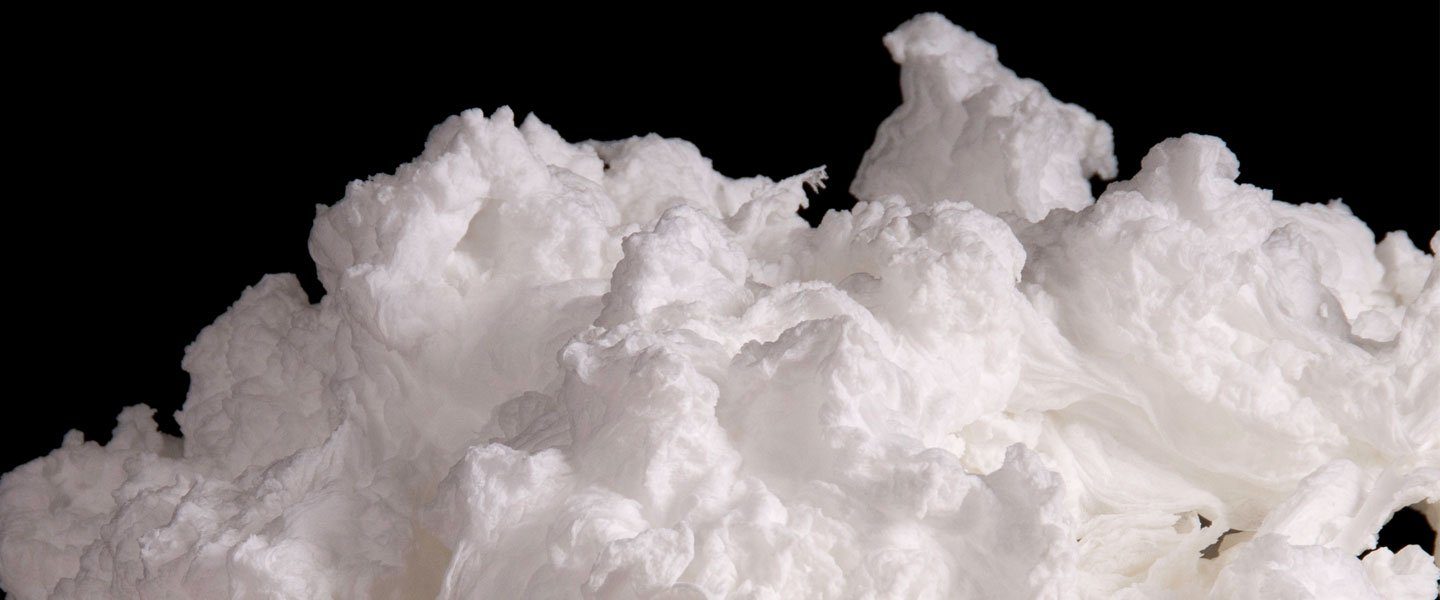
Ivory soap . . . it’s the soap that floats. But why? discover the secret behind this floating sensation by cooking the whole bar of soap in the microwave. That’s right, a bar of Ivory soap + the microwave oven = a very cool trick! Your kitchen will smell so fresh and clean when you’re finished.
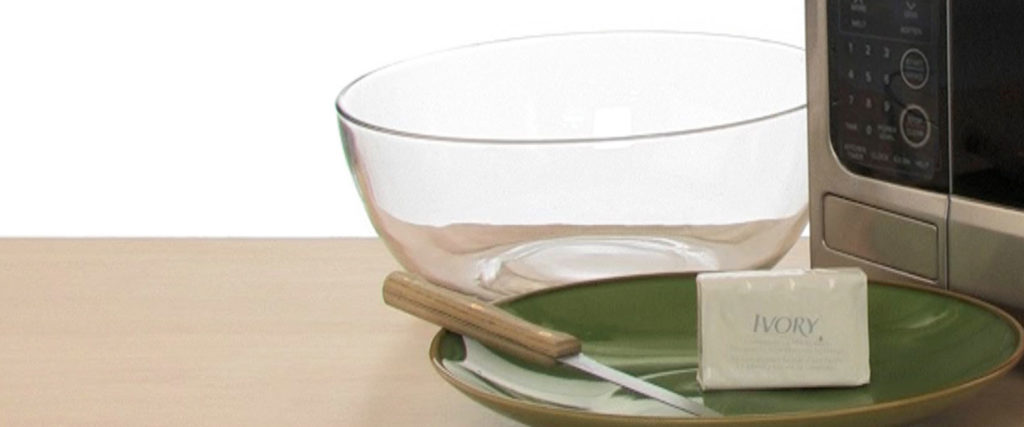
The first part of this experiment is designed to prove whether or not the claim is true. Does Ivory soap really float? Fill the bowl with water and drop in a brand-new bar of Ivory soap. It’s a pretty simple test . . . does it float?
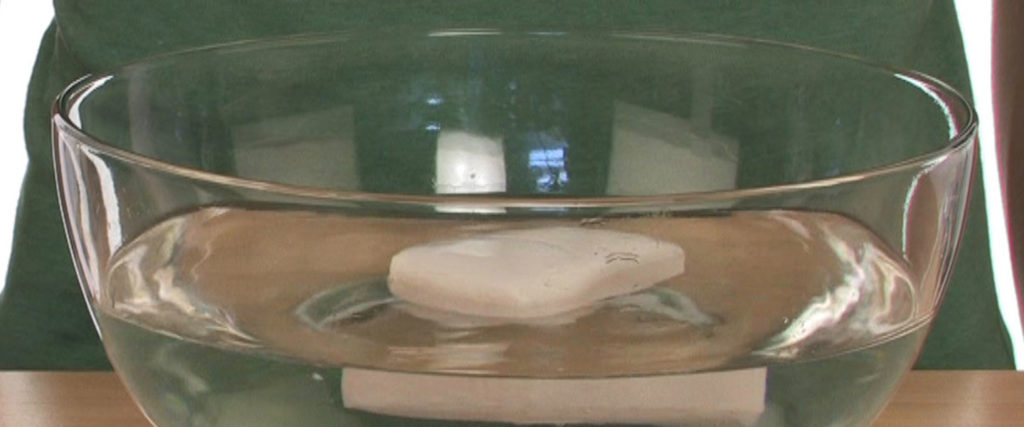
Maybe all bars of soap float. If you have other brands of soap, try the float or sink test. You’ll probably discover that all of the bars of soap sink except for the Ivory brand soap. Why?
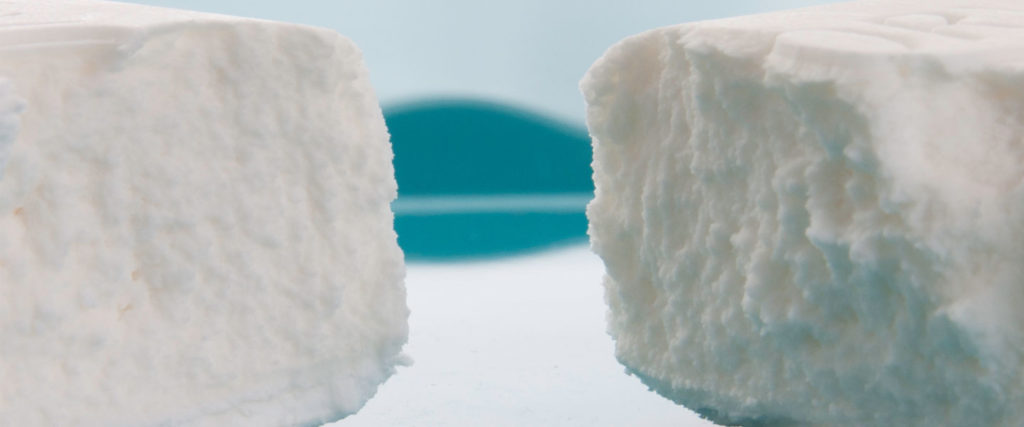
Remove the Ivory soap from the water and break it in half to see if the bar of soap is actually hollow or if there are huge pockets of air. If either is true, that would make the soap float, right?
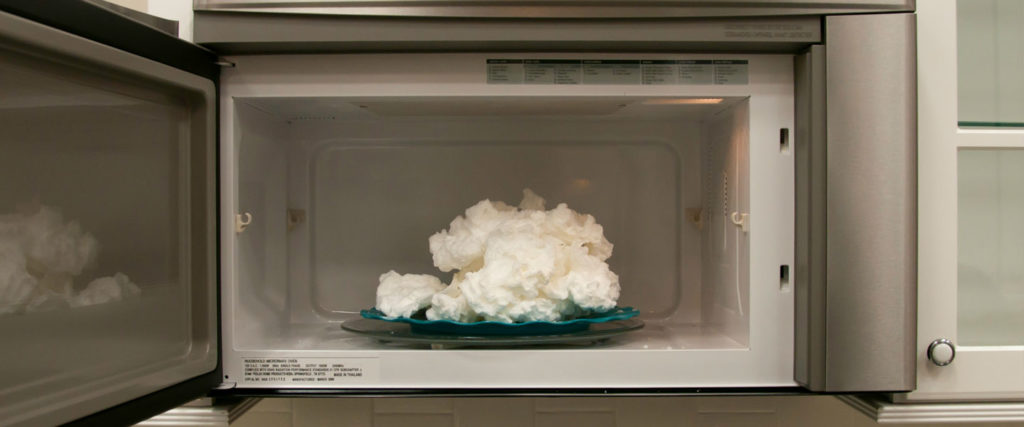
Use the knife to cut the bar of Ivory soap into four equal pieces. Place the pieces of soap on a dinner plate, and then place the whole thing in the center of the microwave oven, after asking permission from an adult.
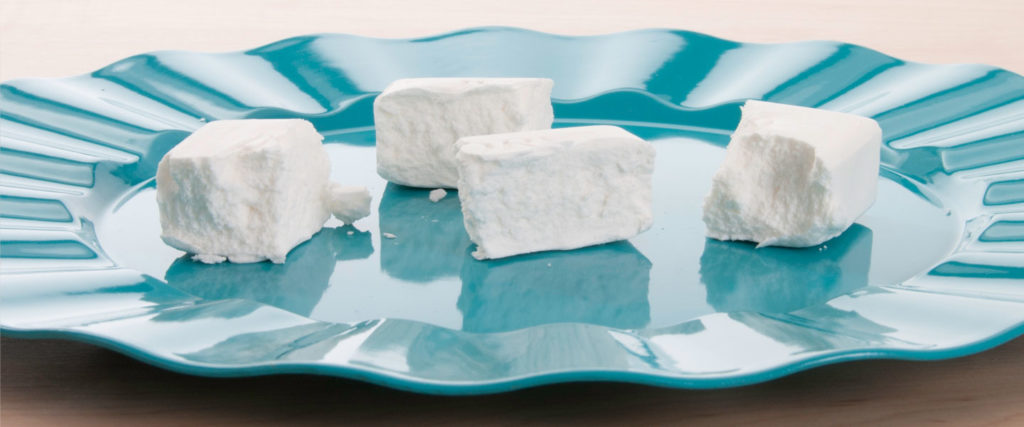
Cook the bar of soap on HIGH for 1 minute. Don’t take your eyes off the bar of soap as it begins to expand and erupt into beautiful puffy clouds. Be careful not to overcook your soap soufflé.
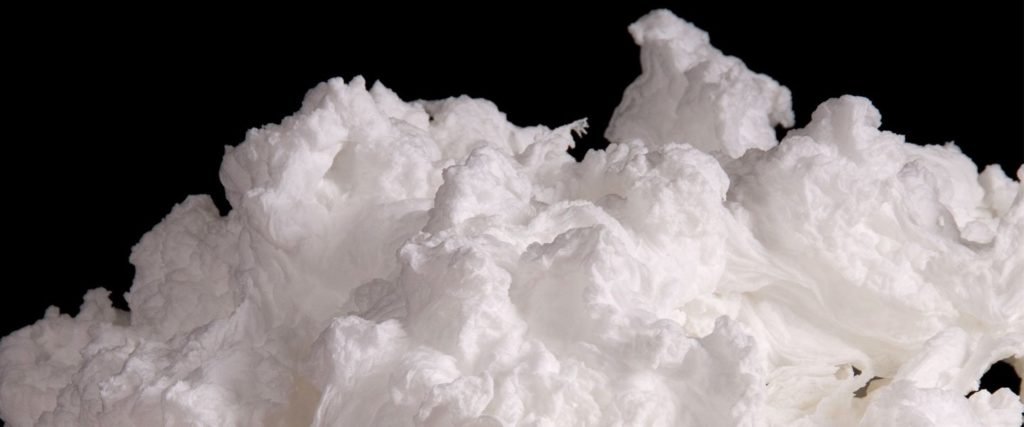
Allow the soap to cool for a minute or so before touching it. Amazing. . . it’s puffy but rigid. Don’t waste the soap. Take it into the shower or bath. It’s still great soap with a slightly different shape and size.
Ivory soap is one of the few brands of bar soap that floats in water. But when you break the bar of soap into several pieces, there are no large pockets of air inside. If it floats in water and has no large pockets of air, it must mean that the soap itself is less dense than water. Ivory soap floats because air is whipped into the soap during the manufacturing process. If you break the bar of soap in half with your hands and look closely at the edge of the bar, you’ll see tiny pockets of air. Cutting the soap with a knife leaves a smooth edge making it impossible to see the exposed air bubbles.
The air-filled soap was actually discovered by accident in 1890 by an employee at Procter & Gamble. While mixing up a batch of soap, the employee forgot to turn off his mixing machine before taking his lunch break. This caused so much air to be whipped into the soap that the batch nearly doubled in size. When the soap was formed into bars, the bars floated in water. The response by the public was so favorable that Procter & Gamble continued to whip air into the soap, capitalizing on the mistake by marketing their new creation as “The Soap that Floats!”
Why does the soap expand in the microwave? This is actually very similar to what happens when popcorn pops or when you try to microwave a marshmallow. Those air bubbles in the soap (or in the popcorn kernels or marshmallow) contain water molecules. Water is also caught up in the matrix of the soap itself. The expanding effect is caused when the water is heated by the microwave. The water vaporizes and the heat causes the trapped air to expand. Likewise, the heat causes the soap itself to soften and become pliable.
This effect is actually a demonstration of Charles’s Law. Charles’s Law states that as the temperature of a gas increases, so does its volume. When the soap is heated, the molecules of air in the soap move quickly, causing them to move far away from each other. This causes the soap to puff up and expand to an enormous size. Other brands of soap without whipped air tend to melt when heated up in the microwave.
And now the entire kitchen smells like . . . cooked soap.
Try the same experiment with any bar of soap other than Ivory. Do you see the same results? If you have an older bar of Ivory soap around the house, do a side-by-side comparison test between the older soap and a brand-new bar from the store. Does the age of the soap have any effect on the size of the soap soufflé?
What would happen if you microwaved a marshmallow? What are you waiting for? Try it! Put the marshmallow on a plate and microwave it for about 30 seconds. What happens? Run the test several other times with new marshmallows and different “cooking” times.
WARNING! IMPORTANT SAFETY RULES
This experiment requires the use of a microwave oven. Even though you’ve used a microwave oven to heat a leftover burrito a thousand times, the lawyers make us include this warning—adult supervision is required.